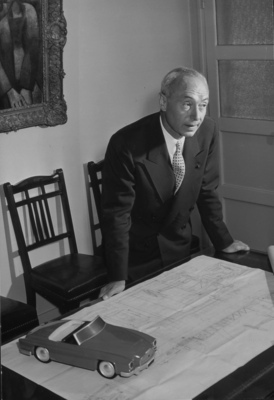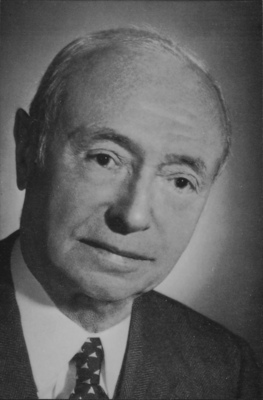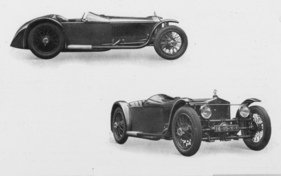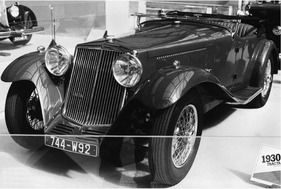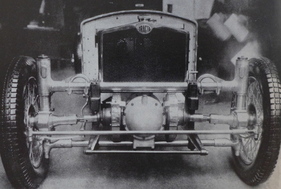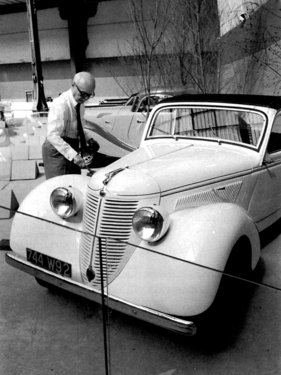Hotchkiss-Grégoire - lightweight and aerodynamic wonder, but 20 years too early
Summary
It's hard to believe that the Hotchkiss Grégoire, originally called the Grégoire R or Grégoire 2 Litres, dates back to 1947. It was based on design ideas that other brands did not put into practice until 20 or 50 years later. But it was probably a few decades too early, and above all it was too progressive and too expensive for the customers of the time. This article tells the story of the Grégoire 2 Litres and its production version Hotchkiss-Grégoire, as well as its predecessors and successors. Over 60 rare photos, some of which have not been published for decades or have never been published at all, show the model development and details, while the sparse sales literature takes a look at the commercial aspects.
This article contains the following chapters
- The front-wheel drive pioneer
- From Tracta to the Grégoire R
- Further development of proven recipes
- Aerodynamics writ large
- Presentation in 1947 at the Paris Motor Show
- Agreement with Hotchkiss
- At the wheel
- Refinements and improvements?
- Too expensive
- In variants
- No production success
- Successor as a sports car under its own name
- Long developer life
Estimated reading time: 11min
Preview (beginning of the article)
It is hard to believe that the Hotchkiss Grégoire, originally called the Grégoire R or Grégoire 2 Litres, dates back to 1947. The water-cooled four-cylinder boxer engine coupled at the front and with front-wheel drive was found decades later in the Alfa Romeo Alfasud from 1971 and in the Citroën GS from 1970, while the aluminum construction was used again 50 years later in the Audi A2 or A8. And these were just two aspects of the Grégoire that were way ahead of their time. Yet it was only the logical consequence of final developments that began back in the 1920s. Jean Albert Grégoire was born in Paris on July 7, 1899. In 1917, he became French champion over 100 meters and graduated in law from the famous "Ecole Polytechnique". He was attracted to the automobile from an early age.
Continue reading this article for free?
Photos of this article





























































































































































